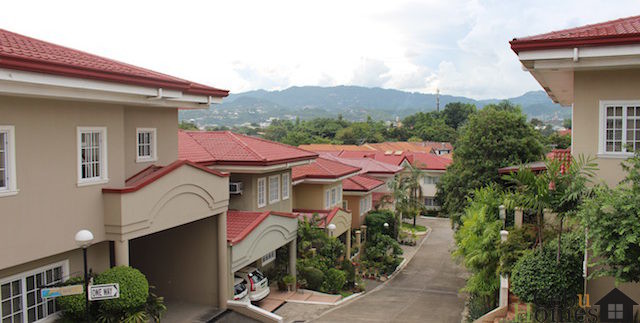
Rental properties have become among the hot commodities in real estate industry as these are the options for property-seekers who can’t yet afford in investing a home or are still trying out a new place having moved in. For renters, knowing the list of rental properties is as crucial as having a roof over the head even if that item is not yet theirs but at least they have a shelter to rely on.
Many small time real estate developers start with constructing few townhouses in their pieces of lot owned for the purpose of renting the units and potentially gain from the rental income.
Whereas those who want to start in real estate investing after acquiring a property aside from their homes, start their real estate venture by renting out the property to cover the costs accrued in property acquisition.
If the property is acquired through mortgage, the landlord charges enough rental revenue to cover the cost of mortgage, maintenance and other costs. A landlord can charge more to produce a better sum of profit but he can do that when there is an increasing demand of rental properties in the area, at that point, there is an appreciation of real estate value.
The gains from rental properties correspond to the number of properties being rented out. But this investing practice can have some blemishes.
Landlords have to assume the role of property managers unless they want to hire someone or a service group that can help in maintaining the rental properties’ upkeep including dealing with the tenants and advertising the rental properties.
There is also a problem of possible lead-time in occupying the rental property from its ready for occupancy state. There may be months of no tenants in which the landlord will have to do advertising to put up the property in the market for listing and have to contend for negative cash flow. If the rental property is acquired on mortgage, the owner must cover for the mortgage cost and must be able to bring in tenants more quickly to meet the expected returns of investment.
Choosing the right property that people will want to rent can also be arduous. This requires great strategies to be able to attract tenants and create positive cash flow in real estate investing.
Property owners have to devote time to make their rental properties attractive in the market. This kind of investment makes it different from other investment vehicles where investors can gain positively from the waiting time as seen in stock and mutual funds investment. In rental properties, the waiting time to find tenants produces negative cash flow.
But what makes investing in rental properties a smart way of investment is that property owners can earn substantially or enough from the rental income on a monthly basis especially from the long-term leasehold contract.
If you wish to learn more about how you can invest in rental properties, please don’t hesitate to contact me for a session. Being a licensed real estate broker, I am also capable of mediating property owners as well as tenants.

